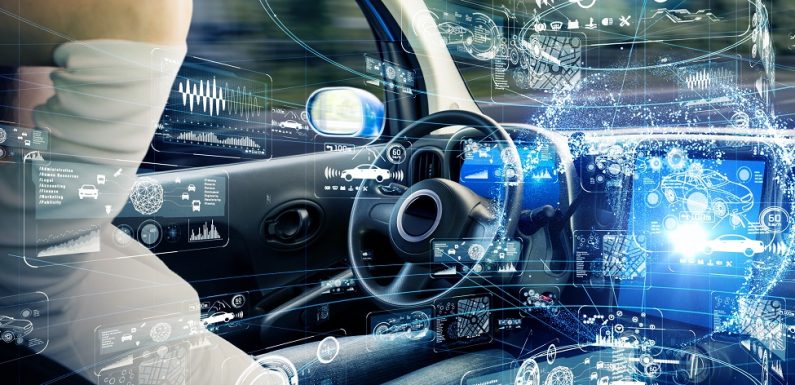
Last updated on April 4th, 2024 at 06:36 pm
Autonomous vehicles, the peak of technology in the field of transport, give us a glimpse of a different, innovative world of movement and travel. By 2024, it will finally seem real that cars can move around streets and highways without any people, and that possibility will transform the landscape of urban development, the essence of the movement itself, and, in the meantime, the number of units may double by 2030.
1. The Evolution of Autonomous Vehicles
In recent years, autonomous vehicles have been transformed from an experimental prototype to a feasible commercial alternative. This transformation became possible after the development of artificial intelligence, machine learning, progressive sensor technology, and connection, which enable an autonomous system to “see” the world around it, make informed decisions quickly, and navigate intricately designed environments with minimal human assistance.
2. Safety and Reliability
The following factor is no less important and provides the broad application of autonomous vehicles. The thing is that sensors, cameras, and radar self-driving machinery are utilized enabling them to identify perils on the road and respond quicker and accurately than human-driven automobiles. As most of the situations on the road transpire because of people’s errors, autonomous vehicles could theoretically reduce accidents and death by crashes to less than millions of rotations per annum.
3. Efficiency and Convenience
Furthermore, autonomous vehicles would offer efficiency advantages beyond mere safety. Consider being able to quickly call any self-driving vehicle with a simple tap of a phone with your finger, and it arrives within a minute to take you anywhere you want to go. Ride-hailing firms, guarantee to help dysfunction in urban settings, reduce traffic jams, and optimize the use of inefficiently less utilized vehicles. This, in my opinion, is a step toward more sensible long-term transport options, especially those that do not emit harmful gases.
4. Urban Mobility and Accessibility
Fully autonomous vehicles are expected to disrupt the space of urban transportation, specifically within large cities constantly dealing with the issue of traffic jams. On-demand transportation made available by fully autonomous vehicles will enable cheap, accessible transportation options for disabled people, the older population, and overall disadvantaged communities. This puts transportation on equal footing and ensures improved quality of life and social integration for a variety of demographic groups.
5. Regulatory and Ethical Considerations
The rapid and almost widespread deployment of autonomous vehicles will no doubt compel both policymakers and regulators to address daunting issues like the safety and liability, data privacy, and the morality of such a highly advanced system. Thus, a regulatory regime is essential to safely and responsibly integrate the next-generation vehicles into the existing system for the disruptive system to reach its full potential.
6. The Road Ahead
The future of autonomous vehicles is promising. However, many challenges stand in the way before AVs enter mass use. It includes such issues as technology and cybersecurity, regulatory and normalization policies, and public acceptance. Despite current obstacles, those vehicles are the way to the future of traditional transportation. AVs will serve as the driver for the transformation that will result. It means safer, more expert, and affordable transport for everyone, and it is the ultimate goal.
Tech World Times (TWT), a global collective focusing on the latest tech news and trends in blockchain, Fintech, Development & Testing, AI and Startups. If you are looking for the guest post then contact at techworldtimes@gmail.com

